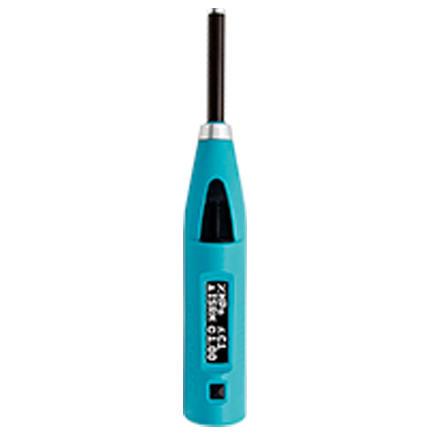The RockSchmidt is the world’s most advanced rebound hammer fully
adapted specifically to the extremely varied rock testing applications.
The
RockSchmidt incorporates statistical methods based on ASTM and ISRM
recommendations and provides the user with the freedom to define his own
statistical process for determining a rebound number.
Type N with standard impact energy is most suited to field testing.
Type L with low impact energy as specified by ASTM for testing cores.
The features of the hammer make it ideal for rock testing applications:
- Impact Angle Independence: The rebound value is independent of the impact direction.
- Optimized for Field Work: Tighter
sealing against dirt and dust intrusion for longer life. Significantly
lighter and more ergonomic than the classic Schmidt hammer. A large
number of readings can be saved and downloaded later to a PC.
- Preset Statistics:
Statistics methods recommended by ISRM and ASTM are implemented into
the hammer for automatic calculation of the rebound number. The option
is also there to define a user specific statistics method.
- Unconfined Compressive Strength: ISRM recommends a correlation between UCS and the rebound value based on the formula
UCS = aebR
(where R is the rebound value). A correlation in this format may be
defined in the PC software and downloaded onto the RockSchmidt. - E-Modulus: ISRM recommends a correlation between elastic modulus and the rebound value based on the formula Et = cedR
(where R is the rebound value). A correlation in this format may be
defined in the PC software and downloaded onto the RockSchmidt.
- Weathering Grade:
Impacting on the same location twice can be used to correlate to
weathering grade. The ISRM recommended method has been included in the
device.
